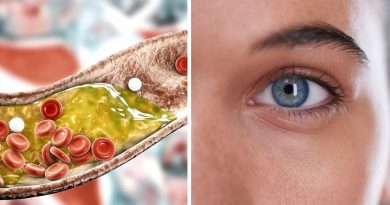Gene therapy for heart attacks in mice just got more precise: Regenerative feature of zebrafish genome can also work in mammals
If humans are ever going to be able to regrow damaged tissues the way lizards and fish routinely do, it will require the precise control of gene expression in time and place — otherwise you might end up with random cells growing everywhere or a new body part that never quits growing. That is, stopping the process just as important as starting it.
A team of Duke scientists studying how other animals regrow damaged tissues has made an important step toward controlling at least one part of the regenerative machinery with that kind of precision. They used the mechanisms zebrafish rely on to repair damage to their hearts combined with viral vectors used for gene therapy in humans.
In a new paper appearing online Dec. 13 in Cell Stem Cell, the researchers demonstrate the ability to control gene activity in response to injury, limiting it to a specific region of tissue and during a defined time window, rather than being continuously active in the entire organ.
They borrowed a segment of fish DNA that they call a TREE, tissue regeneration enhancer element. TREEs are a family of gene enhancers included in the genome that are responsible for sensing an injury and orchestrating the activity of repair-related genes for reconstruction in a specific place. These enhancers also can shut off gene activity as healing is completed. These regulatory elements have been found in fruit flies, worms, and mice as well as the zebrafish.
“We probably have them too,” said Ken Poss, Ph.D, the James B. Duke Distinguished Professor of Regenerative Biology in the Duke School of Medicine, who discovered heart regeneration in zebrafish two decades ago and has been studying it since. “But it’s just easier for us to find them in zebrafish and ask if they work in mammals.”
About 1,000 nucleotides long, these enhancer sequences are bristling with recognition sites for different factors and stimuli to attach and change gene activity. “We don’t fully understand how they do this and what they’re truly responding to,” Poss said.
Source: Read Full Article



